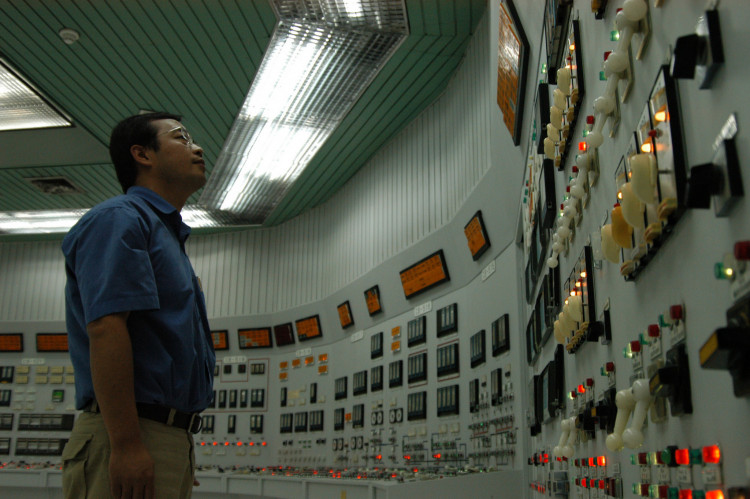China will push for its nuclear firms to diversify globally and position themselves as the pioneers of the safe and civil nuclear usage across the international market. This initiative comprises the majority of the new draft of China's Atomic Energy Law submitted for public commentary on Sept. 21.
The force behind China's push for nuclear power is its goal of mitigating the effects of climate change. The nuclear energy will significantly reduce the country's reliance on coal-fired or fossil fuel plants which is responsible for much of the air pollution.
The new draft of the atomic energy law was published online by China's Ministry of Justice, Xinhua reported. The publication is aimed at soliciting public opinions regarding the new legislation. The public is encouraged to submit their opinions by snail mail or e-mail until Oct. 19.
The Atomic Energy Law was written with eight chapters. It provides guidelines and rules on how firms shall safely handle their nuclear technology, how companies shall commit to nuclear material recycling, as well as safety management of atomic energy. Ultimately, the new laws serve as guidance on the proper conduct of nuclear firms when they engage in internal cooperation.
The new legislation also pushes for companies to develop international market through export of nuclear power, nuclear fuel, and other services. The law, however, prohibits the export of nuclear proliferation-sensitive materials such as uranium and other similar items.
The draft also highlighted the responsibilities of the Chinese government to disclose information about the safety and environmental impact of the nuclear energy or services it promotes and sells. The law also proposed that studies regarding civil use and military use of nuclear energy should be conducted together or be treated as "convergence" of ideas.
Reuters reported that China aims to enhance its nuclear capacity to 58 gigawatts by the end of 2020 from 37 gigawatts at present. The country has also been active in establishing nuclear partnerships with countries like Brazil, Uganda, Argentina, and Cambodia. The country is also waiting for technical approval for its third-generation reactor "Hualong One" in Britain.
Last week, China announced the commercial operation of its Westinghouse-made AP 1000 nuclear technology.
As of August 2018, mainland China has more than 40 nuclear power technology in operation and about 20 still under construction. When compared to the rest of the world, China has demonstrated its strength in its nuclear supply chain according to the World Nuclear Association.
China has committed to increasing its use of non-fossil energy by 20 percent by 2030. In compliance with the Paris climate change agreement, the country is also aiming to reduce its carbon dioxide emissions by 60 to 65 percent by 2030. To achieve these goals, China has since been ramping up its nuclear power development.






